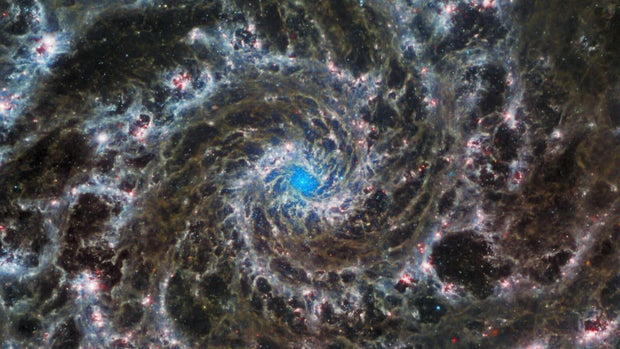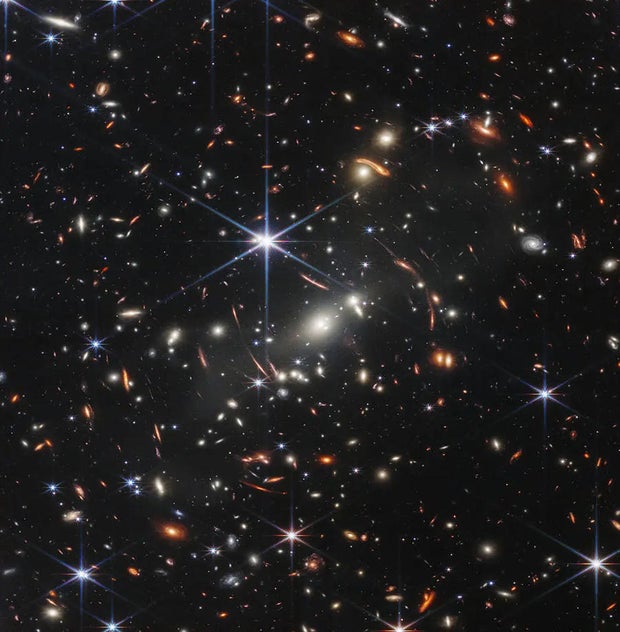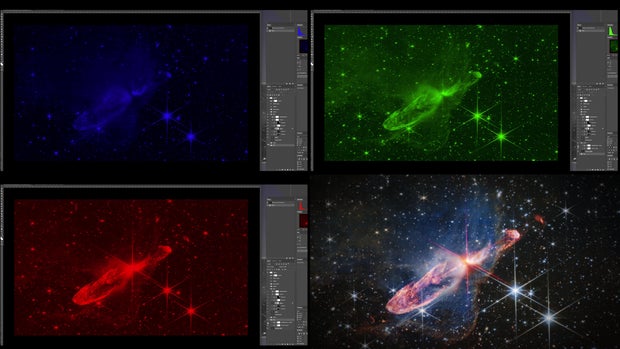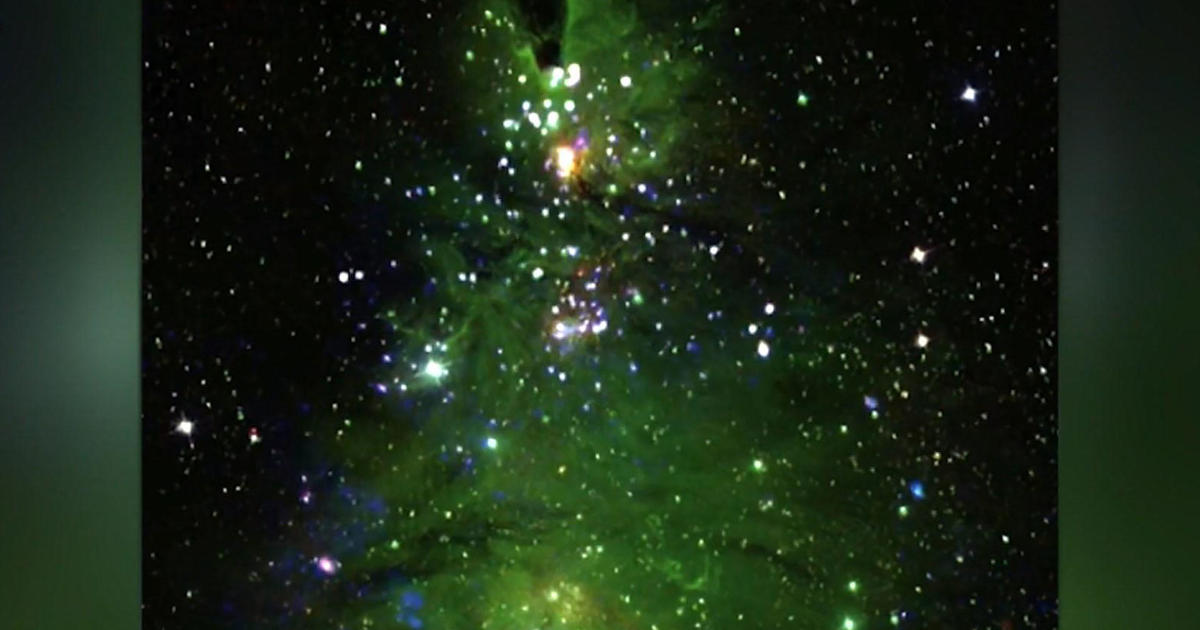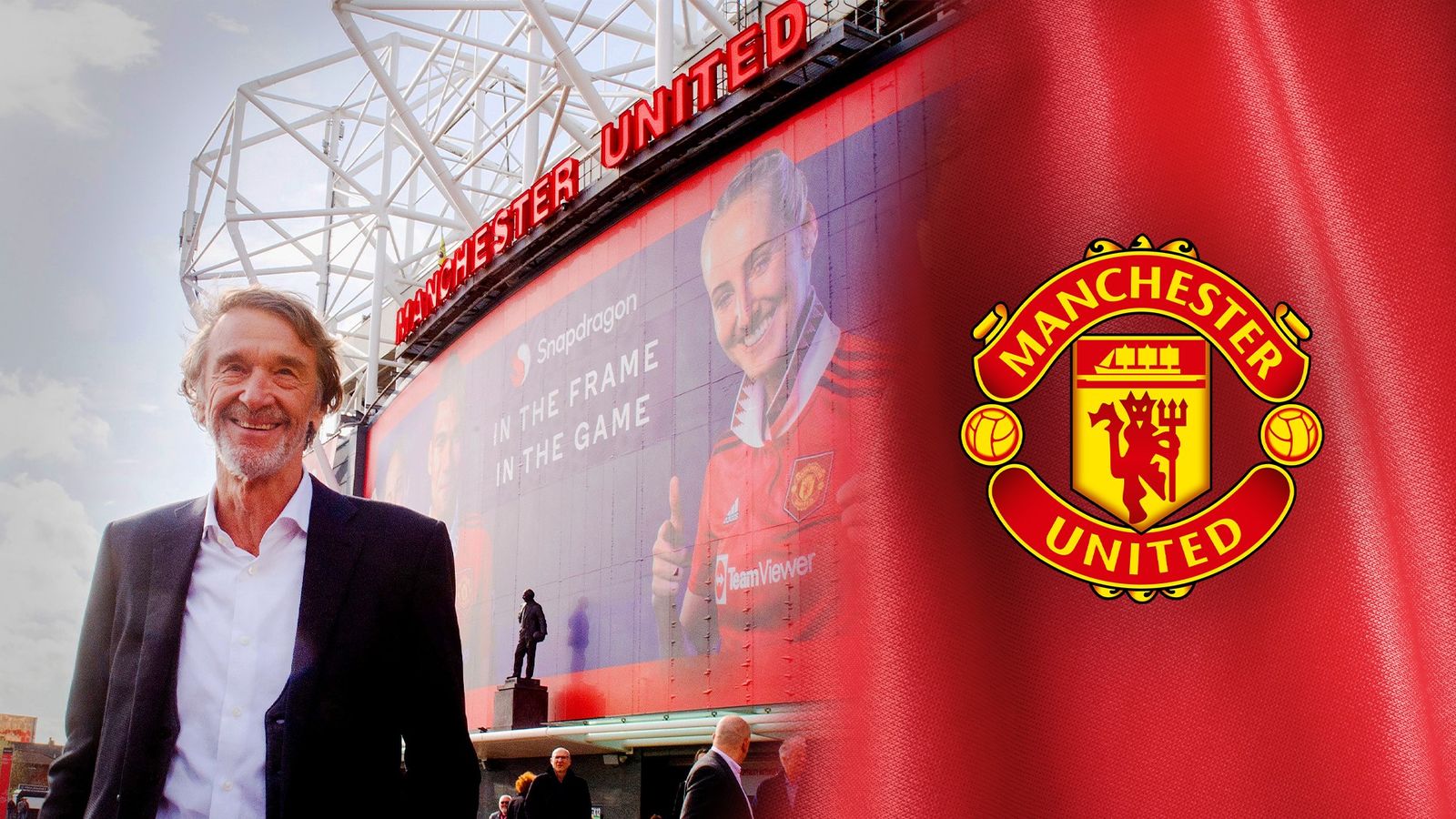The story of Christmas offers a miraculous astronomical sight. But this Christmas we are blessed with an abundance of new miraculous visions from the heavens, thanks to the James Webb Space Telescope, which lifted by Christmas Day two years ago … from Jupiter and its rings (just 385 million miles away), to the Carina Nebula (7,500 light years away), the Phantom Galaxy (32 million light-years away), and the deepest regions of space (13 billion light-years away).
NASA, ESA, CSA, STScI
In 1989, NASA began thinking about a successor to the Hubble telescope. The new machine would have massive gold-plated lenses that could detect infrared light – invisible to our eyes, but able to pass through dust and gases, 100 times further into the universe. Webb would also be much larger than Hubble: three stories tall and 70 feet wide, too big to fit into any existing rocket. NASA’s solution? Fold it up.
Scott Willoughby oversaw Webb’s construction at Northrup Grumman. Ten days before the 2021 launch, he explained to “Sunday Morning” the complexity of the unfolding process: “They have things called single point faults – this has to move this way and there’s only one of them. And Webb has over 300 by them.”
Three hundred things that had to go Exactly right.
It took nearly seven months for the telescope to unfold, calibrate and reach its orbit, a million miles from Earth. So now, on the second anniversary of the launch, we asked how it went.
“It literally went perfectly, as close to perfect as you could possibly imagine,” Willoughby said. “People actually asked afterwards, ‘Did you exaggerate how hard this was?’ And the truth was, practicing everything as if it could go wrong was the best preparation for getting it right.”
NASA, ESA, CSA, STScI
Because infrared is a form of heat, it had to be cold – minus 400 degrees. Even the sun’s heat would blind the telescope to the weak infrared signals from space. And then a large sun shield—an umbrella, basically—was deployed to block any bit of the sun’s light from reaching the telescope’s lenses. “There’s only one star in the whole universe we’ll never see, and that’s ours, that’s the sun,” Willoughby said.
Finally, the science could begin.
At NASA’s Space Telescope Science Institute in Baltimore, Jane Rigby, Webb’s chief scientist, talks to the telescope from the flight control room and plots the data that has been collected. “The elevator pitch for the Webb telescope was to get baby pictures of the universe,” Rigby said. “We’ve delivered exactly what we promised on that subject. We’ve gone from basically not knowing what the first billion years of the universe were like to having it in crisp high definition.”
Another Webb mission: to survey distant planets, to see if any of them have atmospheres like ours, perhaps to find one that humans could live on. But how can a telescope know what is in a distant planet’s atmosphere? It turns out that when a planet passes in front of its star, the elements in its atmosphere — oxygen, nitrogen, whatever — block specific bands of light. Analyzing how the light spectrum changes can reveal what the atmosphere of this planet is like.
Webb has already studied the atmospheres of dozens of distant planets. On a, the exoplanet K2-18 bit found carbon dioxide and methane, suggesting it has oceans. [It’s a mere 120 light-years from Earth.]
Rigby said: “It’s such a joy that this telescope works so well because it was built really well by the engineers.”
But not all Webb headlines have been triumphant. One, in June 2022, did not sound good at all:
But Scott Willoughby wasn’t worried: “We designed the mirrors to be hit by micrometeorites—you know, little particles like grains of sand or something like that. But when you’re really talking about a tiny spot in something 22 feet across? The impact of it was really irrelevant. It actually didn’t affect the science at all.”
But there were also some questions about the pictures. Did NASA manipulate them? Color them? NASA imaging expert Joe DePasquale said, “That question actually comes up a lot: ‘Is what Webb is seeing real?’
He and Alyssa Pagan can answer questions about coloring because they are the ones who do it. “It’s our job to be able to translate that light into something that our eyes can see,” DePasquale said.
As it turns out, there is a lot of light, like people can not see, like ultraviolet light, which bees can see; or infrared light that vipers can see. Ultraviolet light travels in very short waves; infrared waves are much longer. And this is what controls the coloring process.
Pagan said, “We take the shortest wavelengths by using the bluer color; the middle wavelength, that’s the green; and then the longest wavelength is assigned the red. This is what we believe is the truest representation of what we could see , if we could see an infrared light.”
NASA, ESA, CSA, Joseph DePasquale (STScI), Anton M. Koekemoer (STScI)
In just the first year of Webb observations, scientists published more than 600 papers based on its discoveries. And according to Willoughby, the telescope has another little gift for us this Christmas: “When we launched, we never had to fix our own rocket engines,” he said. “We saved all that fuel and actually on day one doubled the launch of the mission from ten years to 20.”
So for at least 20 years, scientists around the world will continue to peel back the mysteries of the universe, and Webb will continue to send back images that amaze and entertain us from the optical oddity known as the question mark…to the galaxy cluster that NASA calls “the Christmas tree,” and beyond.
For more info:
Story produced by Young Kim. Editor: Karen Brenner.

